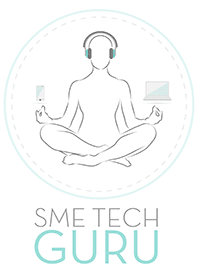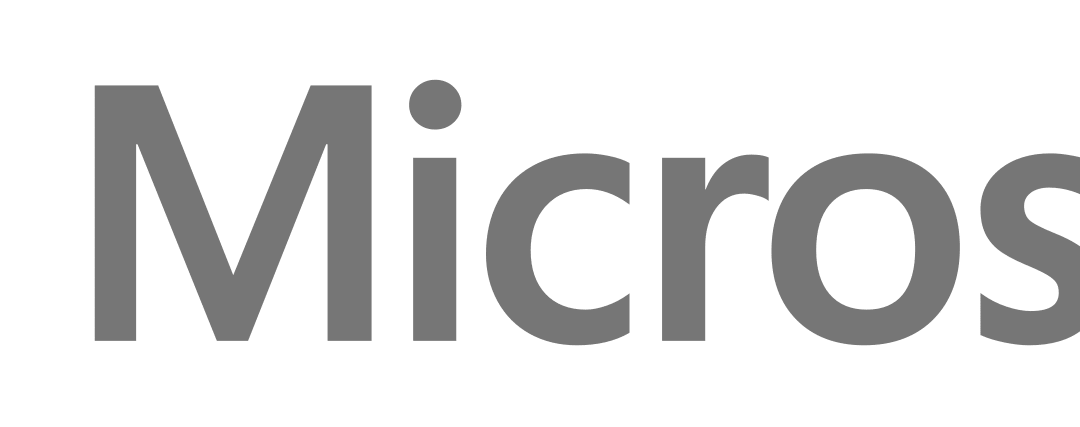Digital transformation is transforming every industry and sector including education enabling educational institutions to use modern tools for a more collaborative and engaging classroom experience.
This transformation is also helping schools employ technology to realise the goal of providing equal access to a quality learning experience for all students, including special needs students.
Today, many students with special needs do not have access to the same quality of education as their peers, for a range of reasons including budgetary and personal constraints. However, with the right training and use of technology these limitations and constraints can be overcome, to ensure that special needs students do not become second class citizens within the South African schooling system.
Dr Roger Layton, CEO of Roger Layton Associates set out to improve the usage of the accessibility capabilities within Microsoft products, in order to support the needs of special education students throughout South Africa.
Together with Jaye Richards-Hill, Business Development Manager of Education at Microsoft EMEA, Dr Layton conducted research on special education learner needs and on the total range of the Microsoft features to support improved user access within Windows 10 and Office 365 – such as Narrator, which reads out to the user whatever is being displayed on screen.
“Microsoft aims to enable every South African student to benefit from critical technology literacy and 21st century skills, which is why we funded this initiative as part of our commitment to special needs learners,” says Richards-Hill. “When you do this you open their world to a much wider range of career possibilities. For instance, entrepreneurial developers tend to develop apps that address issues in their communities or platforms to unlock the economic potential of their own areas. Through initiatives like these we can empower the next-generation of business people and coders who can develop apps that will help make the learning and working experiences of special needs students and employees even better.”
From this research, a two-day training model was developed in order to train educators to employ the accessibility features within the classroom and help them facilitate a much better learning experience for special needs pupils.
“We have been involved with special-needs education through the development of the SIAS (Screening, Identification, Assessment, and Support) system, to automate the South African SIAS Policy for special needs learners,” explains Dr Layton.
Helping special needs students reach their full potential within the educational system
According to him, the training model was a natural extension of this SIAS system to provide support recommendations and accommodation using ICT. A workshop run by Roger Layton Associates and sponsored by Microsoft South Africa, was held as part of this project to take 165 educators throughout all 15 educational districts in Gauteng Province in South Africa through a number of basic features, which will help them learn about accessibility features.
The group consisted of educators specialising in Inclusive and Special Schools (ISS), as well as curriculum specialists, teachers and learning support educators from full service schools (which are mainstream schools that accommodate learners with barriers to education).
In addition, a case study was conducted utilising the model developed by Dr Layton at Phelang School in Springs, Gauteng, which was selected by the Gauteng Department of Education for the case study. Phelang is a school for learners with severe intellectual impairments as well as a larger range and mix of impairments beyond purely intellectual including physical, speech, hearing, and low vision.
Richards-Hill and Dr Layton conducted five days of training with the teachers and a selection of learners at Phelang. Despite the short time-frame, there were a number of benefits including enhancements in the quality of education learners received as well as the level of their engagement during lessons.
For instance, students with hearing impairments used headphones and features such as Narrator for an enhanced user experience with the Microsoft software, while another visually impaired learner made use of the Magnifier functionality within Windows, which enlarges the text or images being shown on screen to sit a comfortable distance from the screen and work with the solutions.
“Through the application of technology, you can provide a good quality education for all students. By training educators to use these accessibility features, we can enable them to ensure that special needs students maximise their potential through the educational system. We can help ensure that students are equipped with 21st century learning skills to be able to be in a position to contribute to the economy, to the same extend as their counterparts in schools around the country,” concludes Richards-Hill.


